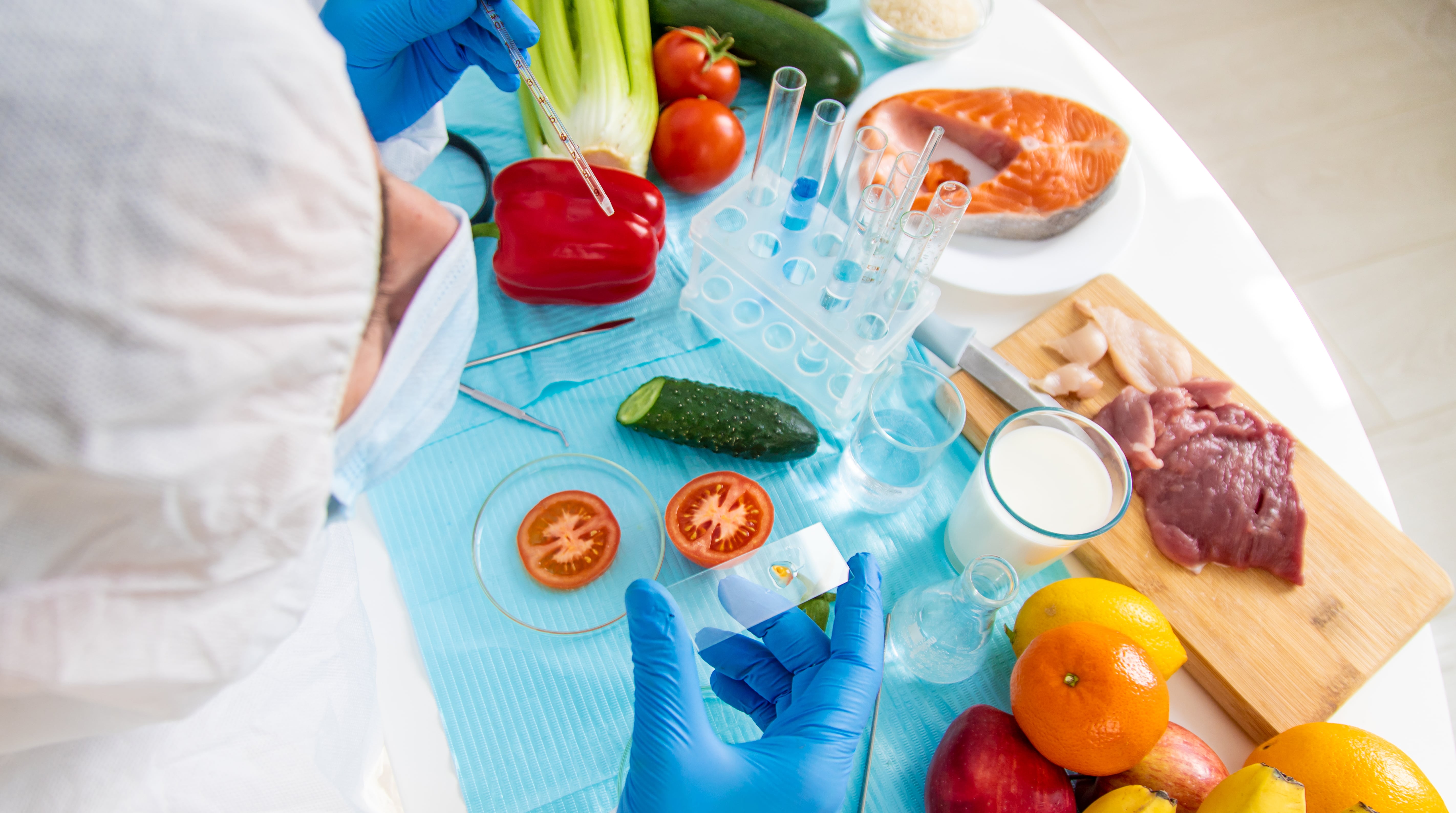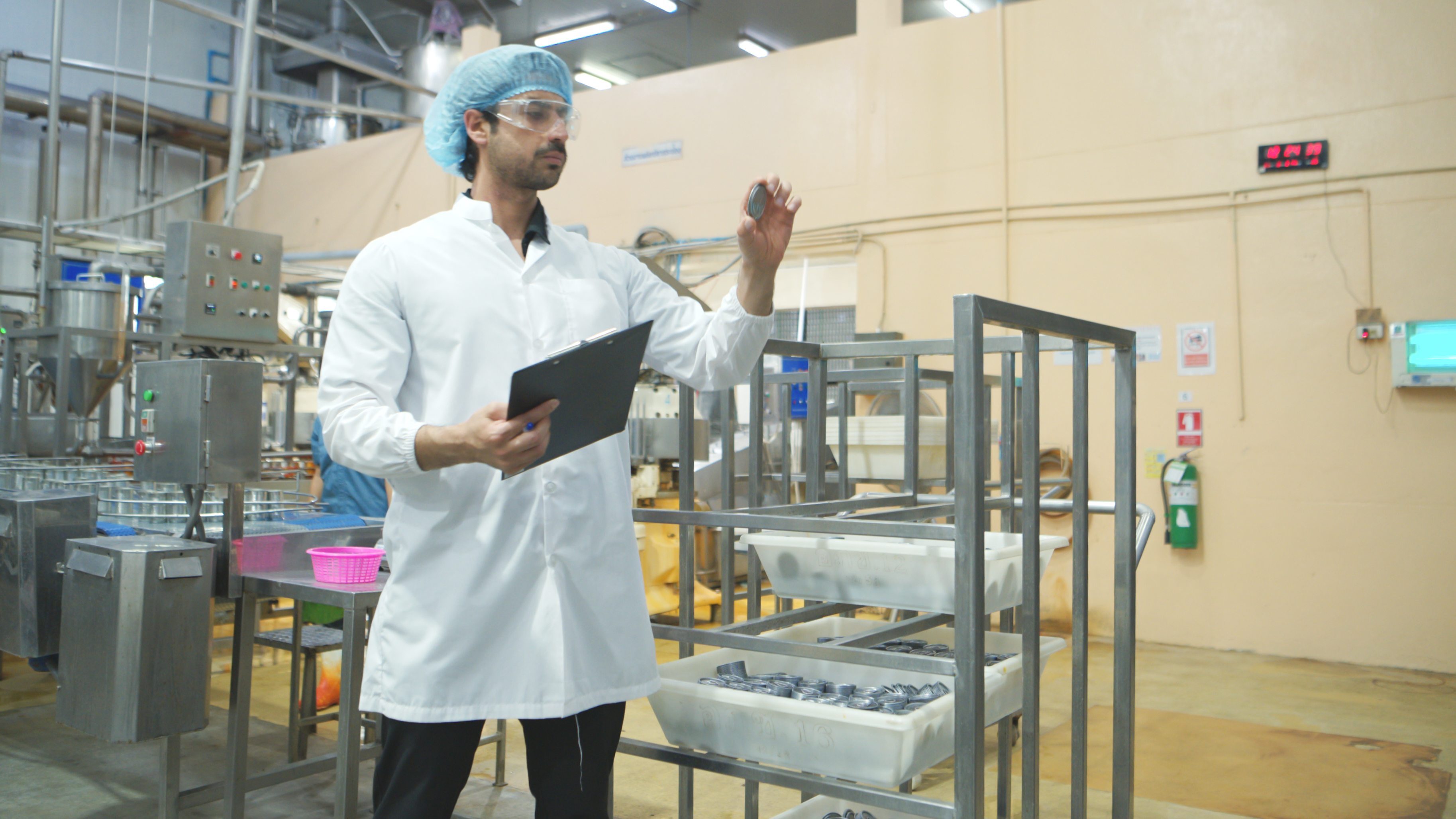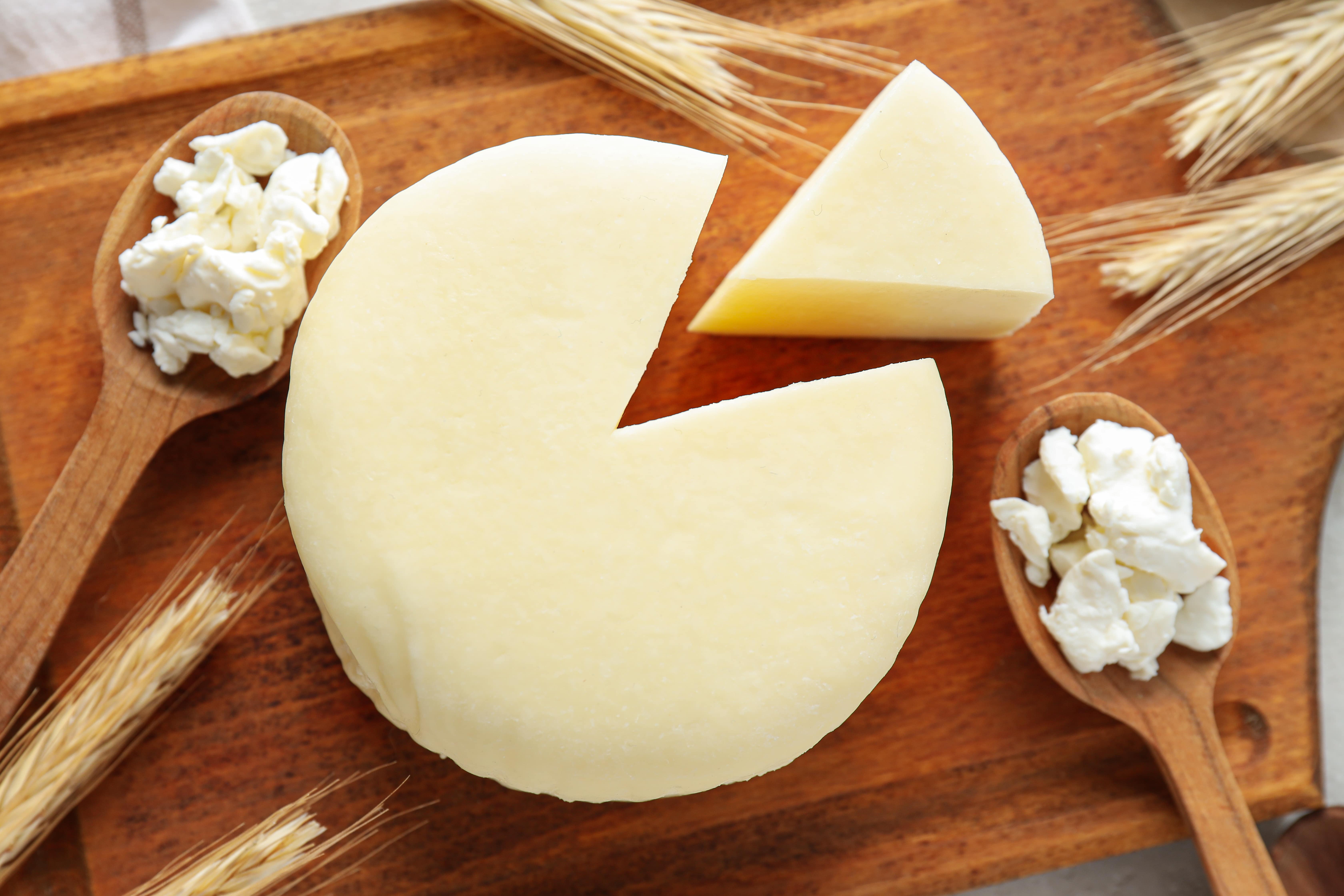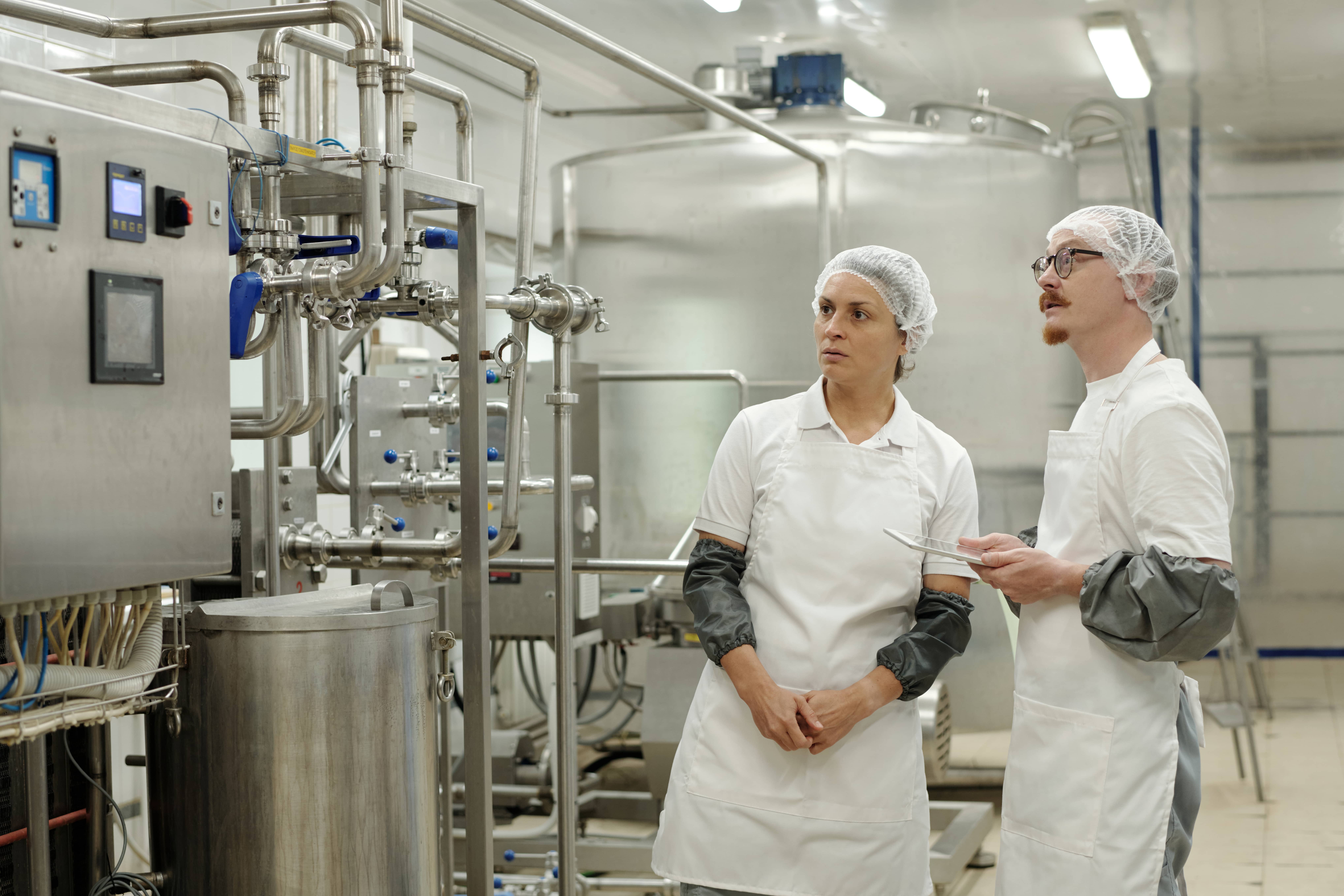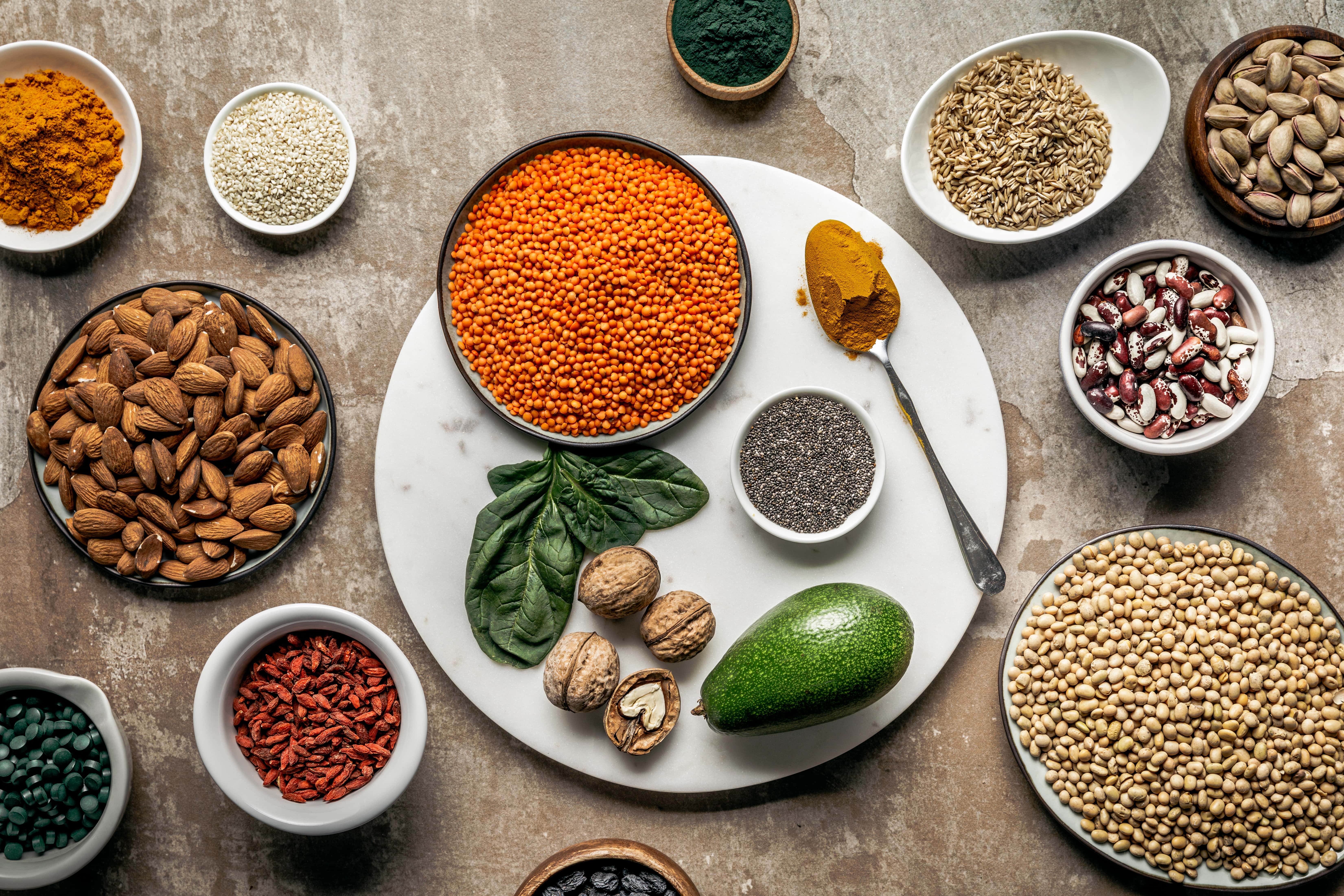Last Updated on April 11, 2025 by Admin
Food stands out as a unifying element. It’s a bridge across cultures, a storyteller of histories, and a comforter in celebration and sorrow. Yet, beneath the rich aromas and delectable tastes, a critical aspect often goes unnoticed until it’s breached – food safety. Ensuring that our food is free from harmful elements is as vital as the ingredients themselves. Let’s delve into the intriguing world of food safety and the unseen enemies in the form of contaminants.
Introduction to Food Safety and Contamination
Every day, millions of meals are prepared and consumed worldwide. While the focus often lies on taste, nutrition, and presentation, food safety’s an underlying factor critical to our well-being. The absence of food safety can lead to contamination, which poses severe health risks to consumers. Understanding this, and the various facets of contamination, is fundamental to ensuring public health.
Understanding the Importance of Food Safety
Food safety encapsulates practices, protocols, and measures designed to prevent foodborne illnesses and ensure the wholesomeness of food. Its significance can’t be overstated:
- Health and Well-being: Contaminated food can lead to various illnesses, from mild upset stomachs to severe, life-threatening conditions. Ensuring food safety translates to the health and well-being of consumers.
- Economic Implications: Recalls from contaminated food products can result in substantial financial losses for businesses. Moreover, consistent issues can tarnish a brand’s reputation, affecting long-term profits and trust.
- Trust in the Food Chain: Modern consumers are more informed and discerning. They seek transparency in the food chain. Ensuring food safety fosters trust between producers, retailers, and consumers.
- Global Trade Facilitation: With the international trade of food products increasing, food safety standards play a vital role. Adherence to these standards ensures smooth trade operations and mutual trust between trading nations.
Read Also – Food processing and contamination process
Exploring Different Aspects of Food Contamination
Drawing insights from sources such as Yamato Scale, we can categorize food contaminants into various types, each with its origins and prevention methods:
Biological Contaminants:
These are living organisms or substances produced by these organisms that pose a risk to human health. Common examples include bacteria, viruses, fungi, and parasites.
- Sources: Poor hygiene practices, infected food handlers, contamination from raw food, or improper storage conditions.
- Prevention: Regular hand washing, thorough cooking, and food storage can significantly reduce risks.
Chemical Contaminants:
These involve hazardous chemicals entering the food chain.
- Sources: Pesticides, cleaning agents, food additives, and heavy metals can contaminate food if not correctly managed. Residual chemicals from packaging or equipment and unintentional mix-ups during processing can also be culprits.
- Prevention: Regular equipment checks, employee training, and careful sourcing of raw materials can prevent chemical contamination. Additionally, adopting safe packaging and storing practices is crucial.
Physical Contaminants:
These are tangible, foreign objects that find their way into food products.
- Sources: Metal fragments from machinery wear and tear, glass shards, plastic pieces, and personal items like jewellery or hair.
- Prevention: Implementing screening processes, like metal detectors or X-ray systems, can help identify and remove these contaminants. Employee training and regular machinery maintenance also play a pivotal role.
Cross-contamination
occurs when harmful substances or organisms are inadvertently transferred from one food or surface to another.
- Sources: Using the same equipment for different foods without proper cleaning, or storing raw and cooked foods together, can lead to cross-contamination.
- Prevention: Proper training, diligent kitchen practices, and using separate equipment and storage areas for different food types are crucial.
Allergenic Contamination:
Although not harmful to everyone, unintentional inclusion of allergens can be life-threatening for those with allergies.
- Sources: Cross-contact between allergenic and non-allergenic foods due to shared equipment or utensils.
- Prevention: Clear labelling, dedicated preparation areas, and staff training about the seriousness of allergens are vital.
A Deeper Dive into Food Safety Protocols
Modern food safety is not merely about detecting and addressing contaminants. It’s about a proactive approach, anticipating risks, and setting up systems that prevent contamination from happening in the first place. Some additional points to consider are:
- Integrated Food Safety Systems: Many companies adopt holistic approaches like the Hazard Analysis and Critical Control Points (HACCP) system. It identifies potential hazards at every step of the food production process and establishes control points where corrective actions can be taken before the food becomes unsafe.
- Continuous Monitoring & Feedback: With technological advancements, real-time monitoring of food production processes has become feasible. Sensors, AI-driven algorithms, and predictive models can pre-emptively identify risks, allowing immediate corrective action.
- Global Standardization: As food trade becomes increasingly global, there’s a push for standardized food safety regulations. This harmonization ensures that food products meet consistent safety standards regardless of where they’re produced or consumed.
- Consumer Education: An informed consumer can make safer food choices and follow the home’s best food storage and preparation practices. Public awareness campaigns, clear labelling, and accessible information are pivotal.
- Emerging Pathogens: While established pathogens like Salmonella and E. coli are known threats, new pathogens can emerge. Keeping abreast of new threats requires continuous research and adaptability in food safety protocols.
- Traditional Foods & Safety: As global food trends evolve, traditional and indigenous foods are revived. Ensuring these traditional foods meet modern safety standards without compromising authenticity is a unique challenge.
- Food Fraud & Adulteration: Beyond accidental contamination, there’s a risk of intentional adulteration for economic gain. Examples include diluting olive oil with cheaper oils or adding melamine to milk to elevate protein content falsely. Addressing these requires vigilance and robust authenticity tests.
- Water Safety in Food Production: The safety of water used in food production is vital. Contaminated water for irrigation or processing can introduce pathogens to otherwise safe foods.
- Role of Probiotics: The use of beneficial bacteria, or probiotics, in foods, offers health benefits. However, ensuring these bacteria remain beneficial and don’t turn harmful due to mutations or interactions is essential.
- Impact of Food Waste on Safety: As the world becomes more conscious of food waste, there’s a move to use parts of foods previously discarded. Ensuring these parts meet safety standards is crucial.
- Transport & Logistics in Food Safety: The modes of transportation, storage conditions, and duration can influence food safety. For instance, refrigerated goods must be maintained at the proper temperatures throughout transit.
- Cultural Practices & Food Safety: Different cultures have unique food preparation, storage, and consumption practices. Ensuring safety across diverse practices requires a deep understanding of cultural nuances.
Read Also – An Introduction to Food Safety Guidelines
The Road Ahead: A Collective Endeavor
As we navigate the gastronomic journey, we must remember that food safety isn’t just the responsibility of regulatory bodies or restaurants. It’s a shared endeavour, and every individual has a role to play. By staying informed, adopting safe practices, and promoting awareness, we can ensure that our culinary experiences remain delightful and safe.
For institutions like FICSI, the mission remains clear – to guide, regulate, and enlighten. In the vast landscape of food and flavours, safety is the cornerstone that upholds the integrity of our plates. And with collective efforts, we can ensure that every morsel we consume nourishes our body, delights our senses, and protects our health.







